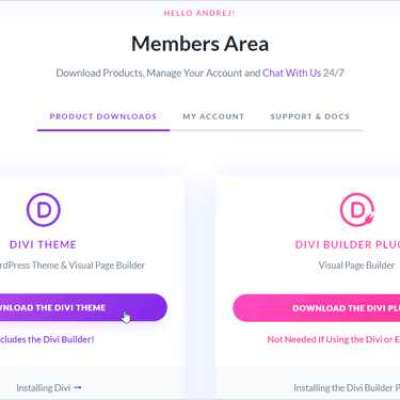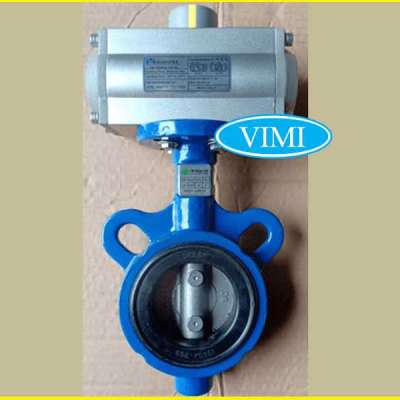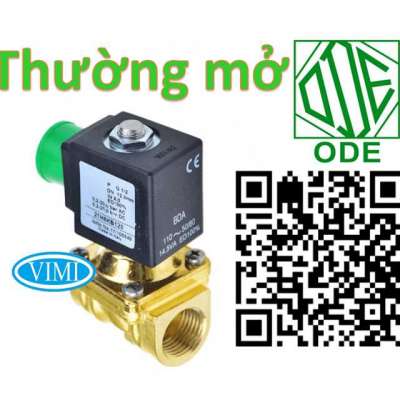In the rapidly evolving technological landscape, we are witnessing tremendous advancements in artificial intelligence (AI) and its applications across various industries. However, the absence of regulated guidelines has meant that companies developing machine learning (ML) models often rely on personal ethical standards. This uncertainty is poised to change significantly with the implementation of structured AI regulations.
This new era of regulation is emerging rapidly.
As the European Union (EU) proceeds with finalizing its AI Act, and as AI technologies continue to advance, we will likely see a transition from general recommendations to definitive laws governing AI. The EU AI Act is causing widespread discussion among business executives, raising critical questions: How should companies align themselves with impending AI regulations? Should new AI designs comply proactively? What timeline can we expect for similar legislation in the United States?
Reading further will provide insights into the potential regulatory landscape affecting businesses as AI laws start to take shape.
Impact of the EU AI Act on Global Business
Just as the General Data Protection Regulation (GDPR) has set a global benchmark since 2018, the EU AI Act is anticipated to establish a global precedent for AI regulation. With a parliamentary vote anticipated by March 2023, the finalized AI Act could be enforced by the end of the year.
These European regulations are expected to create ripple effects beyond the EU, influencing global norms (dubbed the Brussels effect). Corporations operating internationally will need to align with these standards, while U.S. companies may find compatibility advantageous, aligning with other regulations like Canada’s AI and Data Act proposal and New York City’s automated employment regulations.
AI Risk Categories Defined
The AI Act proposes categorizing AI systems into three risk levels, each with specific regulatory measures and penalties:
• Unacceptable risk. Such AI systems, which include manipulative technologies causing harm, biometric identification in public spaces, and social scoring, will be prohibited.
• High risk. These involve systems like job applicant evaluators, requiring stringent legal frameworks and oversight.
• Limited and minimal risk. This category includes many business-critical AI tools like chatbots, which will be largely unregulated, though there will be disclosure requirements for customer-facing applications where AI is involved.
The Future of AI Regulation for Businesses
Although the AI Act is still in draft form with its full implications yet to unfold, it's clear regulation will vary by industry, model type, and risk categorization.
Regulatory measures will likely involve third-party evaluation, where AI models are tested for performance and transparency. This scrutiny could range from error margins to user disclosure practices.
For companies developing high-risk AI systems, the AI Act outlines several compulsory mandates, including:
• Risk-management strategies.
• Data management protocols.
• Comprehensive technical documentation.
• Detailed record keeping.
• Provisions for user transparency.
• Oversight by human operators.
• Ensuring accuracy, and robustness, and addressing cybersecurity concerns.
• Conformity evaluations.
• Registration with governing bodies in EU member states.
• Systems for post-market surveillance.
Routine reliability testing, similar to routine vehicle checks, is expected to become standard practice across the AI sector.
Preparing for Incoming AI Regulations
Industry leaders are emphasizing ethical AI construction and risk mitigation in model design. Recognizing AI regulation as an inevitability positions businesses for long-term success. Here’s how to prepare:
• Inform and educate your teams about upcoming regulations and their potential impact.
• Conduct audits on current and future AI models to understand their risk categorization and corresponding regulatory impact.
• Implement a framework for responsible AI development.
• Formulate strategies for AI risk management to accommodate existing and future models, accounting for unforeseen variables.
• Develop an AI governance and reporting framework ensuring comprehensive checks before deployment.
Given the coming regulatory landscape, designing AI that ethically and fairly serves society is no longer optional – it's essential for thriving in the future business ecosystem. How can your organization adapt to ensure compliance and competitiveness?
The world of AI is not just about regulation; it's about innovation and redefining possibilities. As the landscape changes, so do the opportunities in AI-powered video content creation, paving the way for businesses to leverage new technologies...
The Future of AI in Video Content Creation
In today’s fast-paced digital era, video has become one of the most powerful forms of communication. Whether you're building a personal brand, launching a product, or telling a compelling story, engaging visuals are the key to capturing attention. Yet, traditional video production often demands significant time, budget, and technical expertise.
That’s where the rise of the AI video generator (https://dreamlux.ai) comes in. AI is reshaping the creative process—making it easier than ever to produce stunning videos from just a single image or simple prompt.
Tools like Dreamlux (https://dreamlux.ai) are at the forefront of this revolution. Its text-to-video AI (https://dreamlux.ai/text-to-video-ai) allows you to simply input text descriptions. And then, with a single click, you can watch as the AI transforms your words into a cinematic video in mere minutes.
From simplifying production to revolutionizing creativity, AI video generators continue to push the boundaries of what’s possible in modern video creation.
Why Choose Dreamlux Text to Video AI?
Dreamlux Text to Video AI is a great choice because:
• No Watermarks: Unlike many AI tools, Dreamlux provides clean, professional videos without any distracting watermarks.
• Saves Time and Money: Faster and cheaper than traditional video production.
• Simple Customization: Adjust the video size and length to fit your needs.
• Smooth and Easy: Dreamlux's intuitive interface makes the entire process smooth and straightforward.
Choose Dreamlux Text to Video AI to see the future of video creation – where your words quickly become amazing visual stories.
图片: https://fluenty.turingsynimage....s.work/seo/TextToVid
How to Create Cinematic Videos with Dreamlux Text-to-Video AI
Turn your ideas into animated scenes effortlessly with Dreamlux.ai by following these simple steps:
• Visit the Dreamlux Website: Navigate to the official Dreamlux site: https://dreamlux.ai (https://dreamlux.ai)
• Access the Text-to-Video Tool: Click on the "Text-to-Video" option to enter the generator page.
• Describe Your Vision: Enter a detailed text prompt that clearly describes the scene or concept you want to visualize.
• Customize Your Video: Personalize your video by adjusting the aspect ratio and desired video length according to your needs.
• Generate Your Cinematic Video: Click the "Create" button and watch as the AI transforms your words into a dynamic video in just minutes.
Dreamlux’s text-to-video ai tool makes it easier than ever to bring your imagination to life.
Synes godt om
Kommentar
Del















